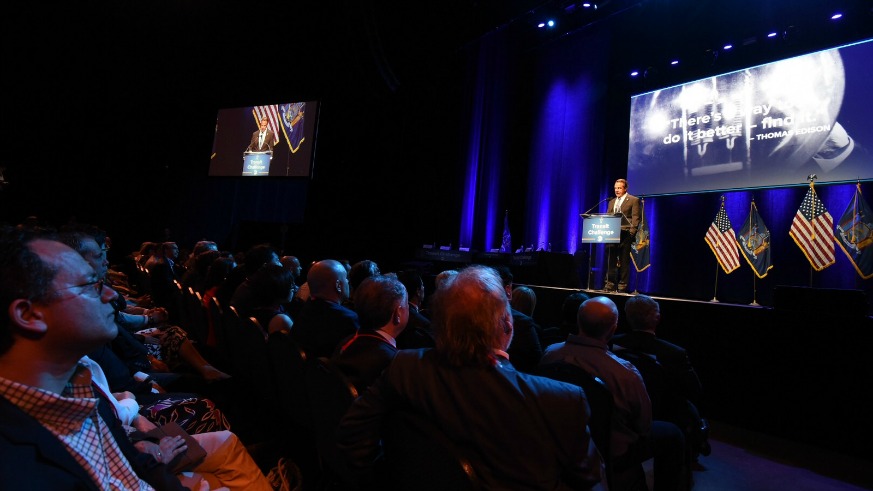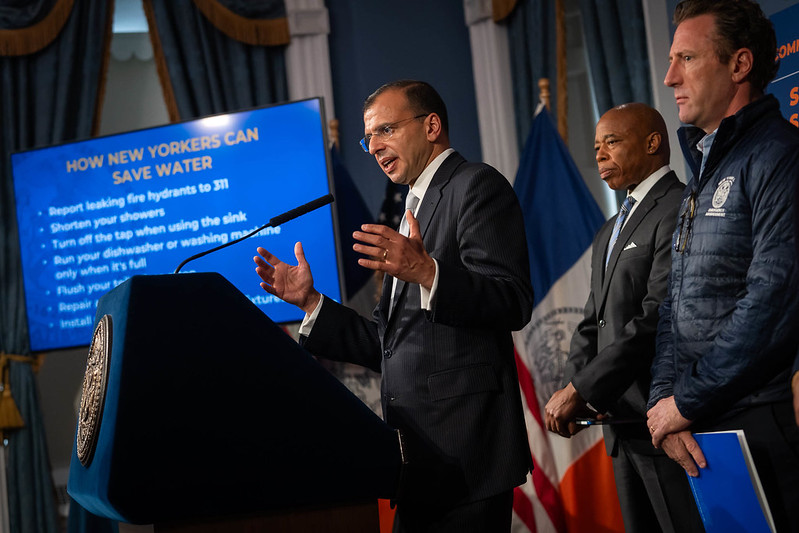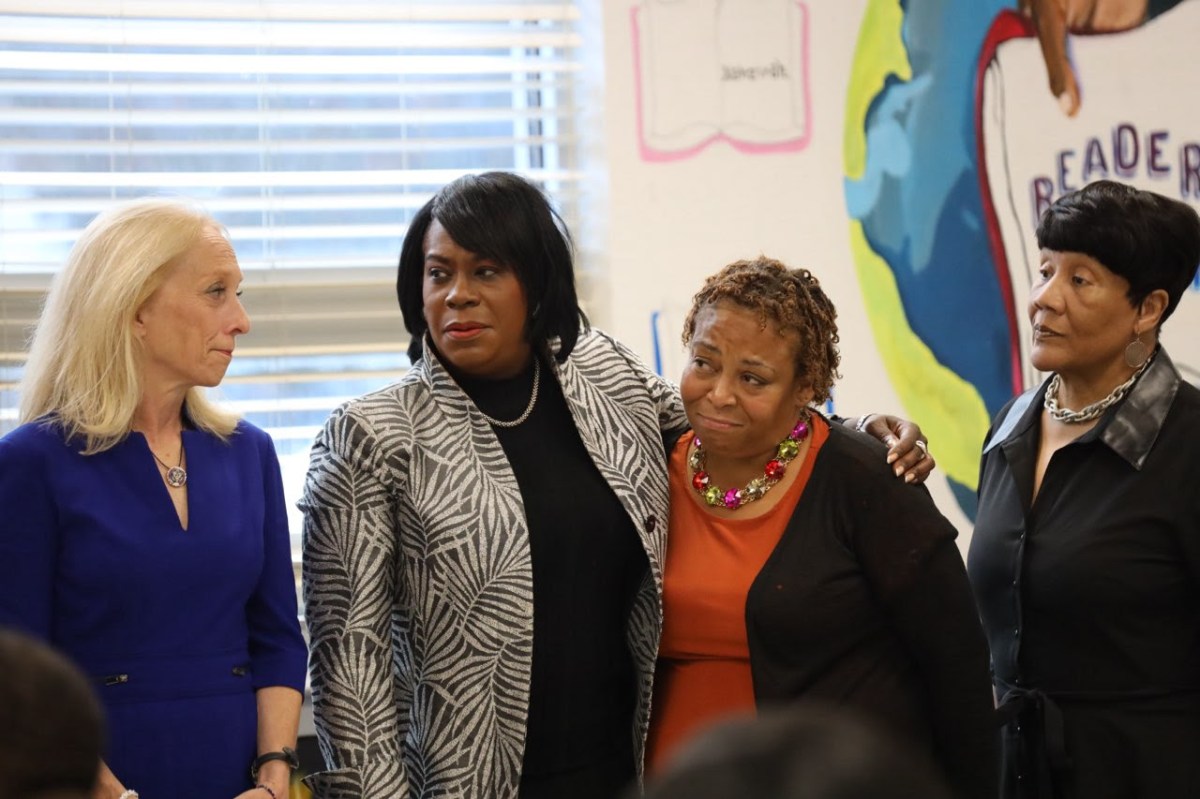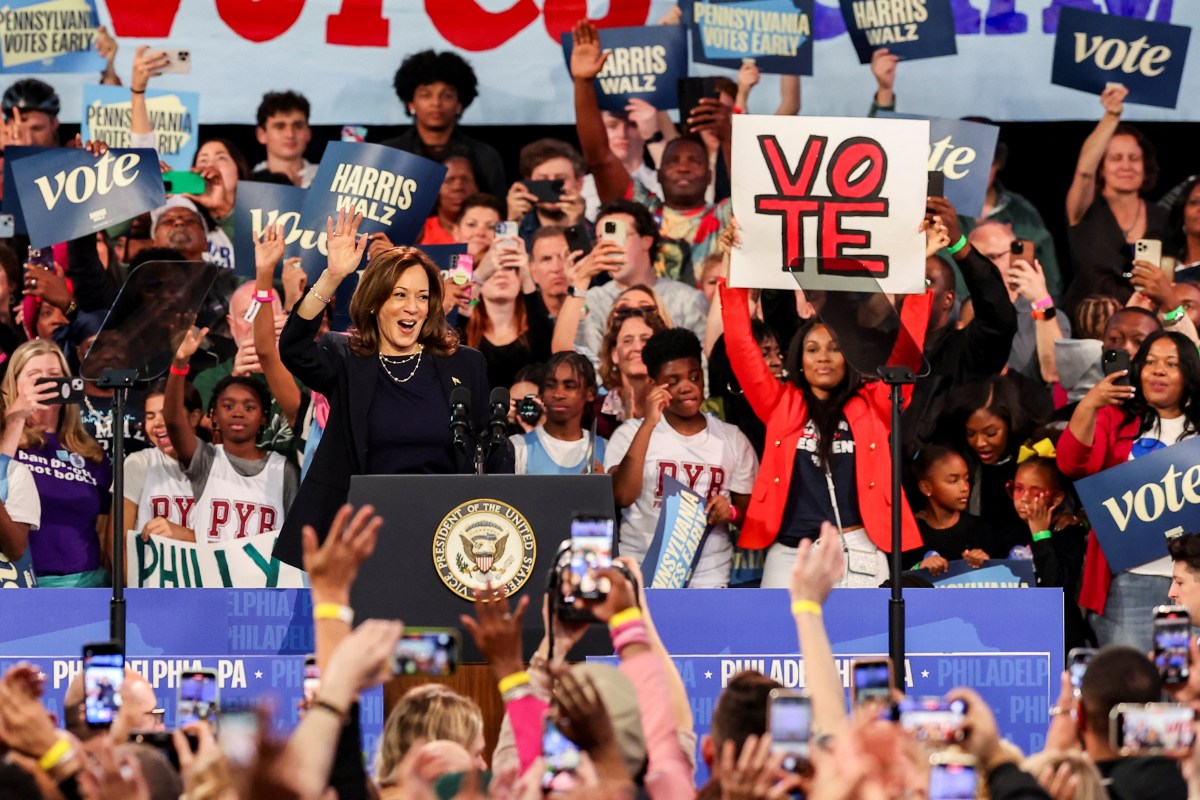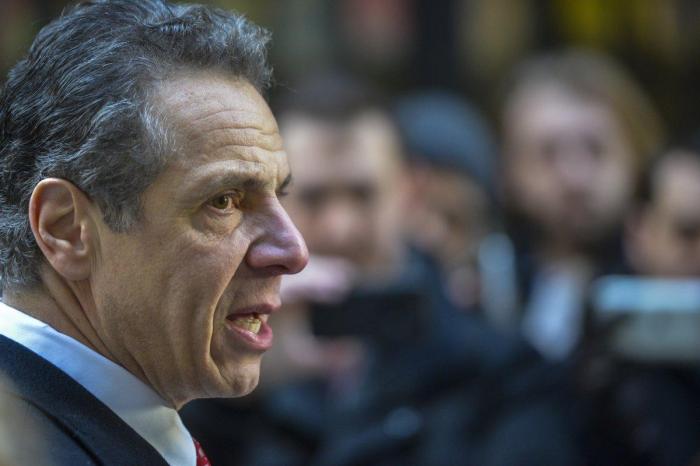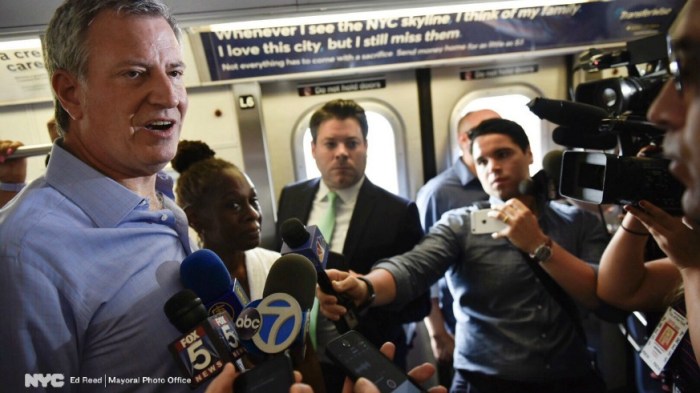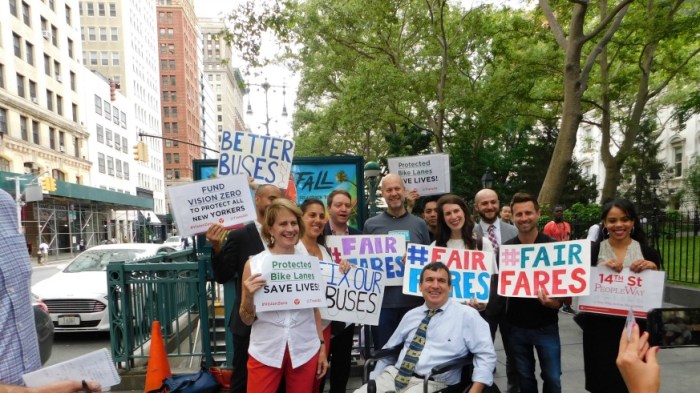New York Gov. Andrew Cuomo on Thursday declared that the MTA’s escalating dysfunction and accidents have reached the level of an emergency.
Serious accidents and power outages have plagued the MTA’s aged city infrastructure in recent months, and Tuesday’s A train derailment is possibly the most extreme example.
“We literally had a train come off the tracks. It’s the perfect metaphor for the dysfunction of the entire system,” Cuomo said, adding that the subway is the “most problematic component of the MTA system.”
Cuomo cited decades of “underinvestment, deferred maintenance and deferred modernization” as well as a surge in ridership as the root of the subway’s issues.
Declaring a state of emergency for the MTA “will allow us to expedite many of the normal government processes,” Cuomo said. “It will no longer be a tortured exercise to do business with the MTA.”
Cuomo’s executive order will provide an extra $1 billion to the MTA Capital Plan to accelerate repair work and buy equipment and materials to replace infrastructure that is more than a century old.
The governor also called for an investigation into Con Edison’s equipment throughout the city’s transit system and appointed the Public Service Commission to oversee it.
“Identify the equipment, identify the responsibility, identify the state of repair and get that done in 90 days,” Cuomo said. “If there’s a power outage and if Con Ed is responsible, they are going to be fined heavily for the delays that they’ve been causing New Yorkers.”
Ironically, as Cuomo was making his declaration, hundreds of Long Island Rail Road passengers were stranded on a train that stalled just as it headed into an East River tunnel leading to Penn Station, a transit hub the governor said has “chronic problems.”
The governor also called for new MTA Chairman Joe Lhota, who was previously the agency’s CEO and chairman, to create a reorganization plan for the MTA within the next 30 days.
“Design an organization that performs the function rather than the organization that exists today, which is just a long-standing bureaucracy that has evolved over time,” said Cuomo, who also tasked Lhota with a review of the MTA’s capital plan, cars and equipment within the next 60 days.
Cuomo’s plan received a positive response from the Riders Alliance, with Executive Director John Raskin saying in a statement that the governor “has finally taken responsibility for fixing a broken system, and riders will appreciate his recognition that transit is in a state of emergency.”
However, more details are needed, Raskin said.
“A billion dollars is a start, but where will it come from, and is it new money? When and where will the state find the other billions that are needed to truly address the problem? How does a state of emergency fit into a comprehensive plan to fix public transit? Most importantly, when will riders begin to see improvements in their day-to-day commutes?
“The governor has stopped ignoring the problem, which is a vital first step. Now he needs to produce a credible plan to fix the subway and to put together the billions of dollars we will need to make it happen,” Raskin said in the statement.
Not long after Cuomo’s declaration, Eric Phillips, Mayor Bill de Blasio’s press secretary, tweeted a photo of the mayor smiling as he rode a 2 train from Madison Square Garden to City Hall.
Mayor on the downtown 2 train today. pic.twitter.com/z99tFZo4DD
— Eric Phillips (@EricFPhillips) June 29, 2017
When asked his thoughts on the state of emergency, the mayor’s office told Metro via email that “New Yorkers deserve a transit system that works. We are heartened to see these new resources and focus to reverse the deteriorating state of our subways. We look forward to the plans that the new MTA leadership is developing.”

